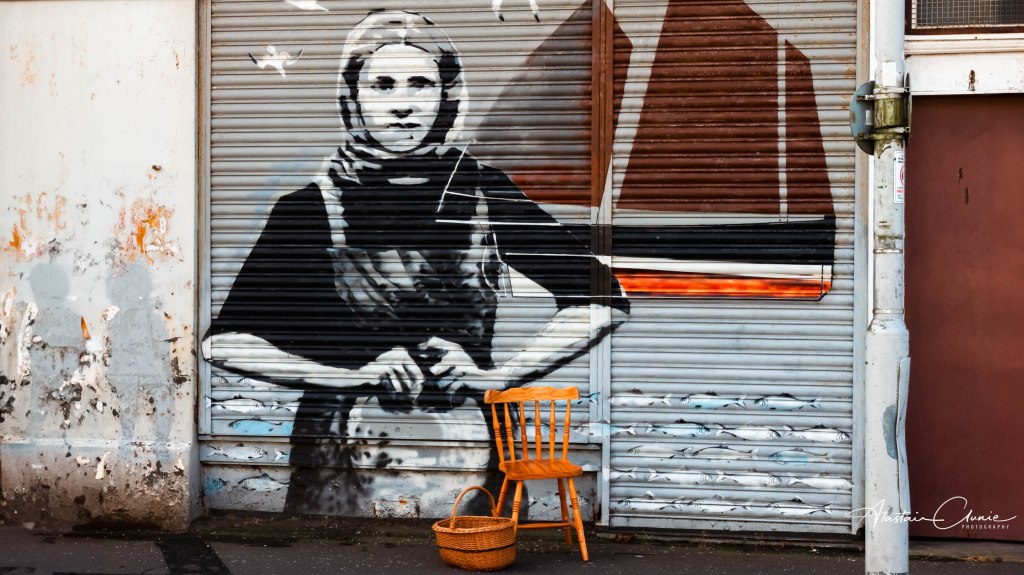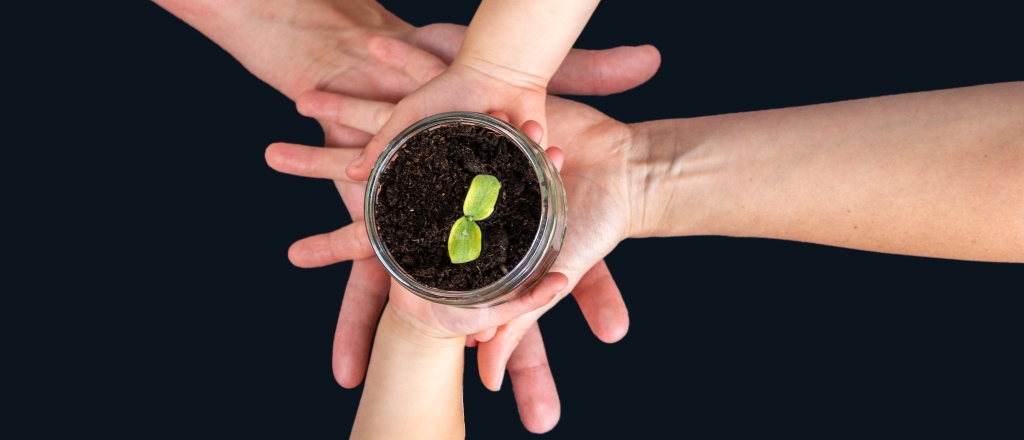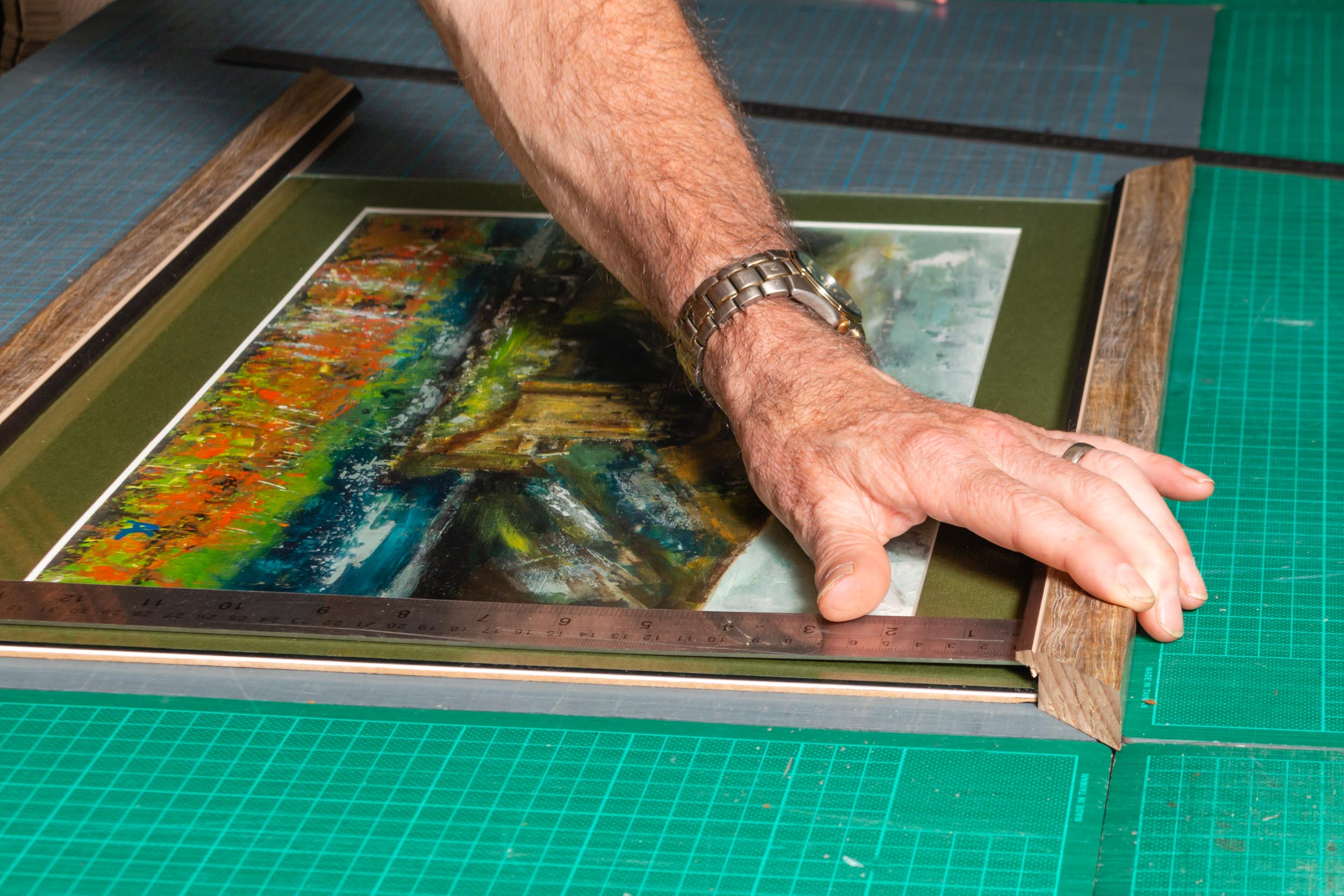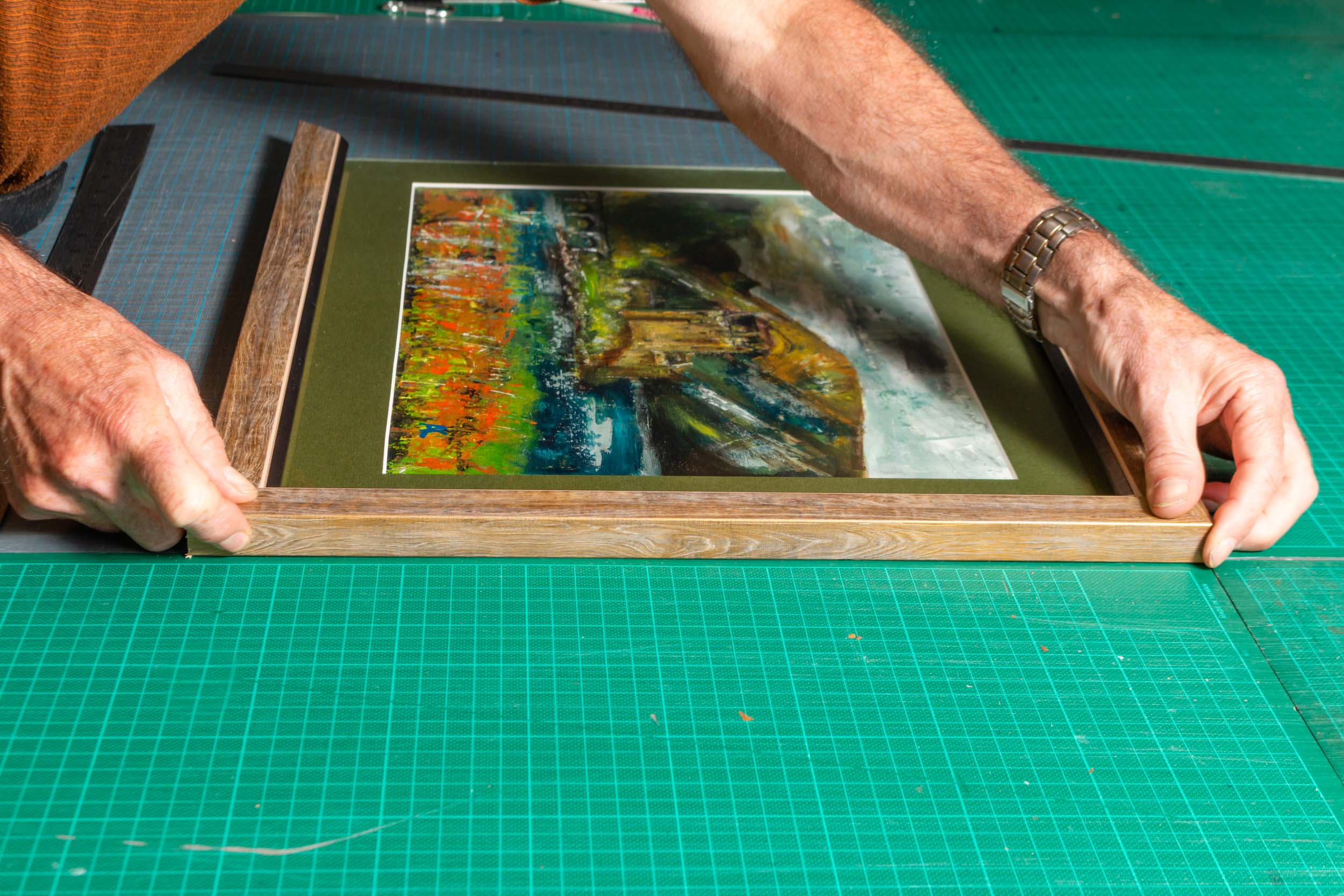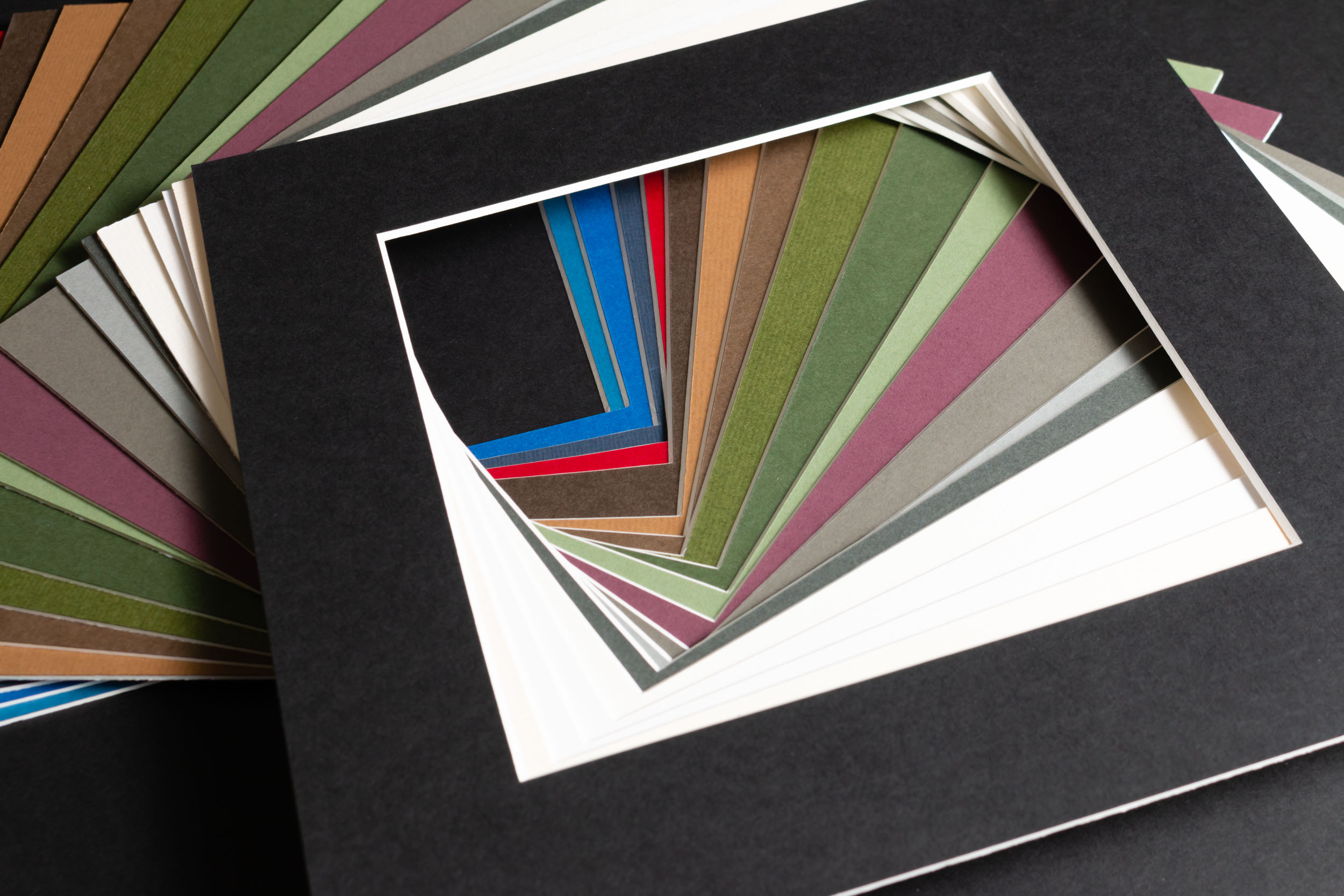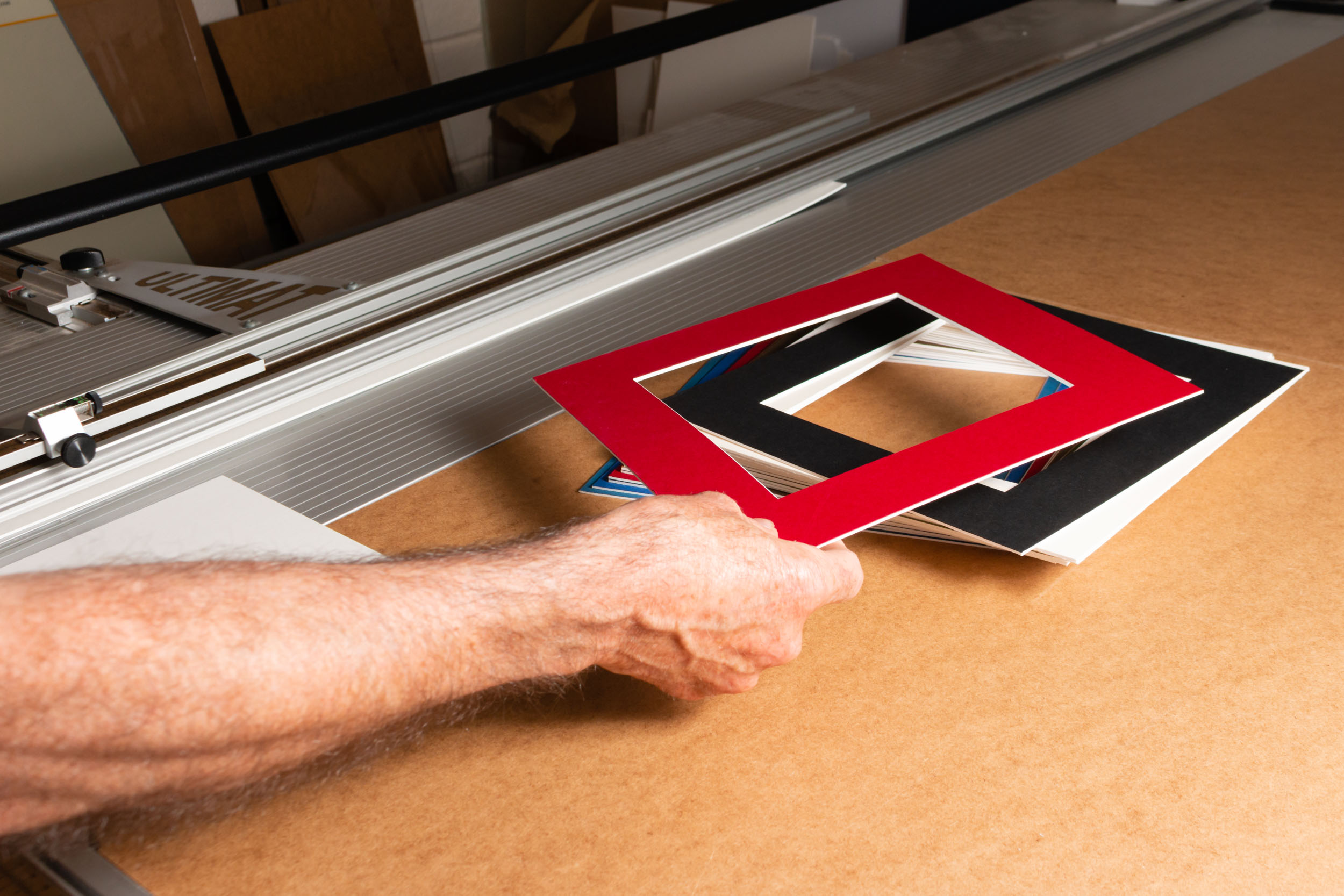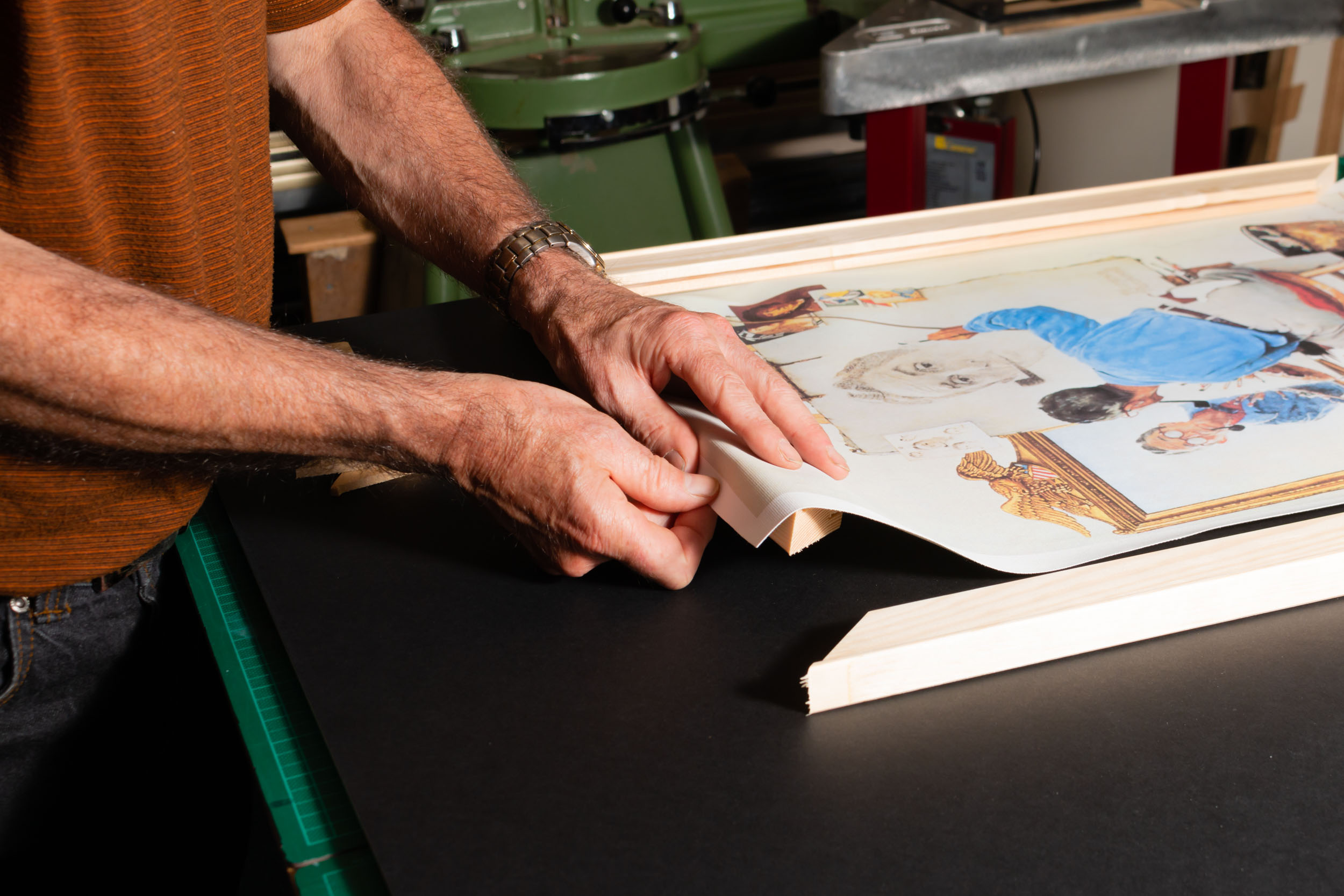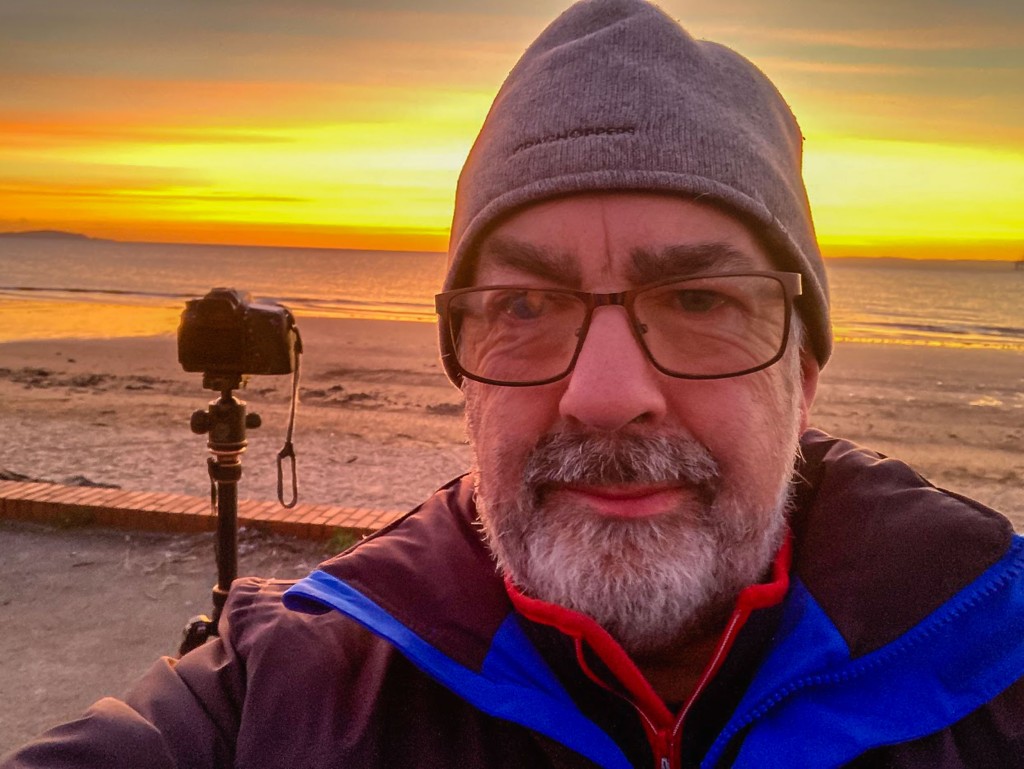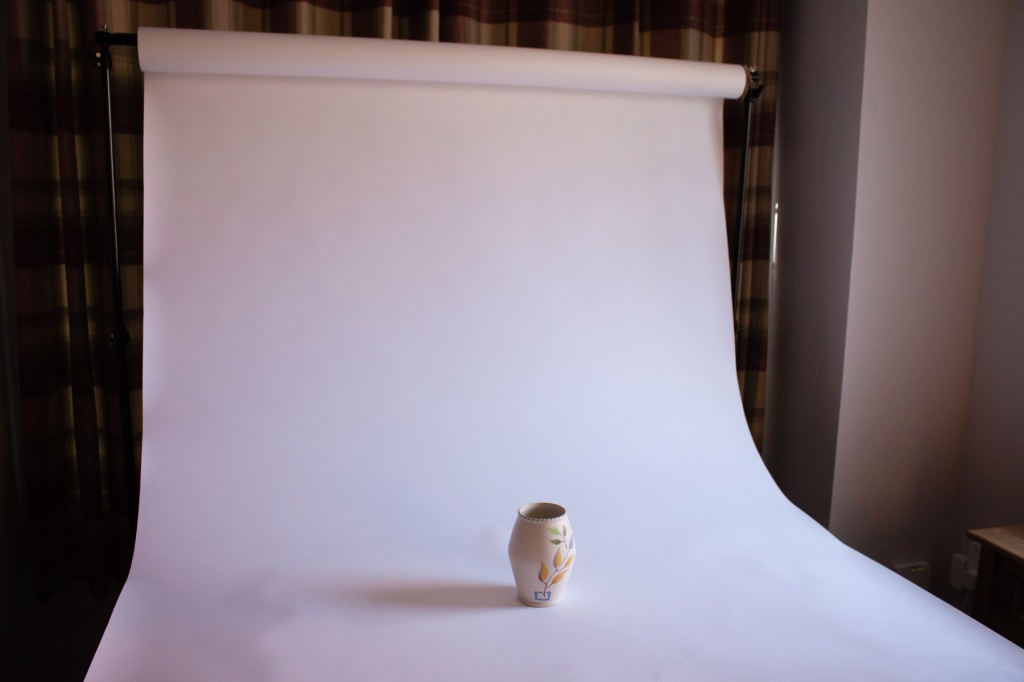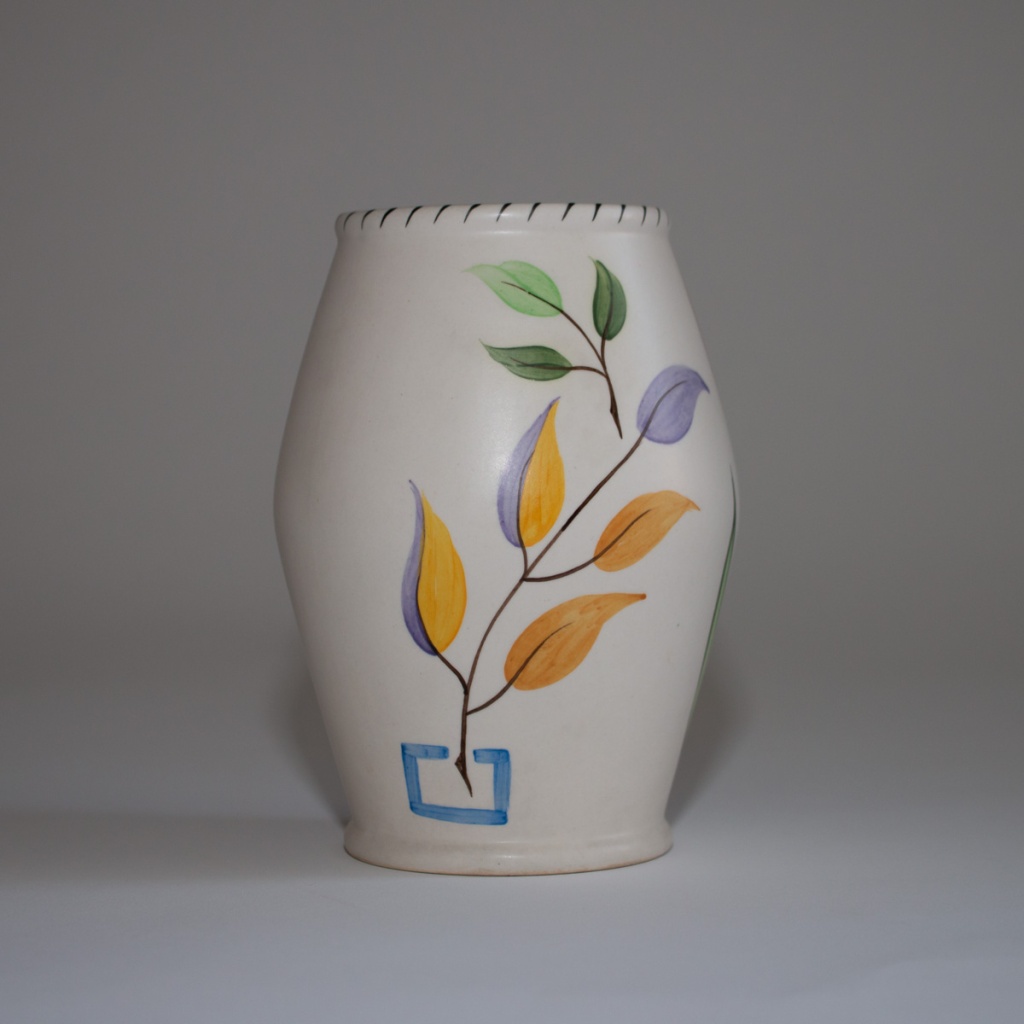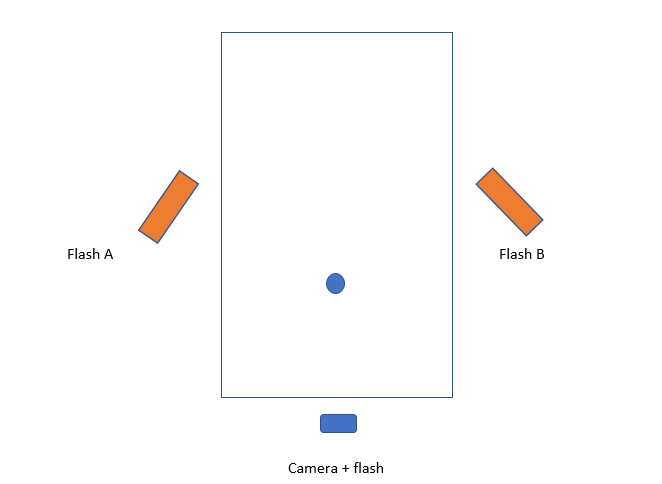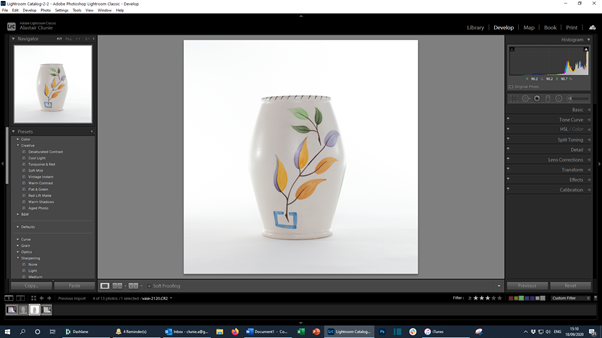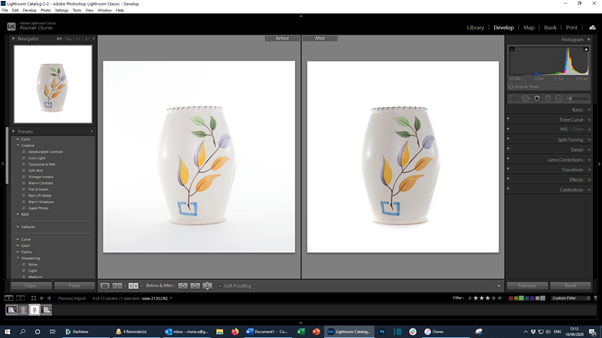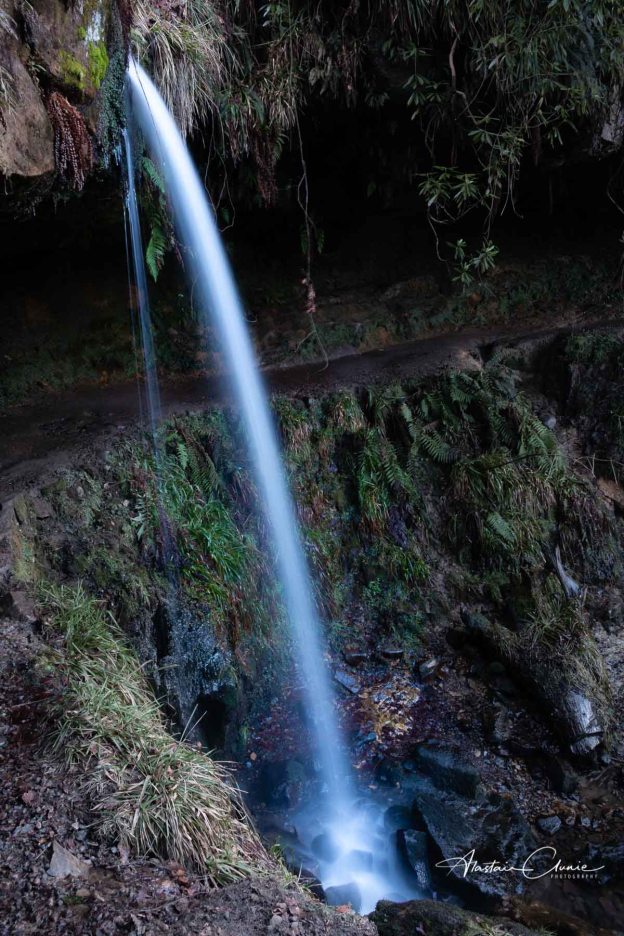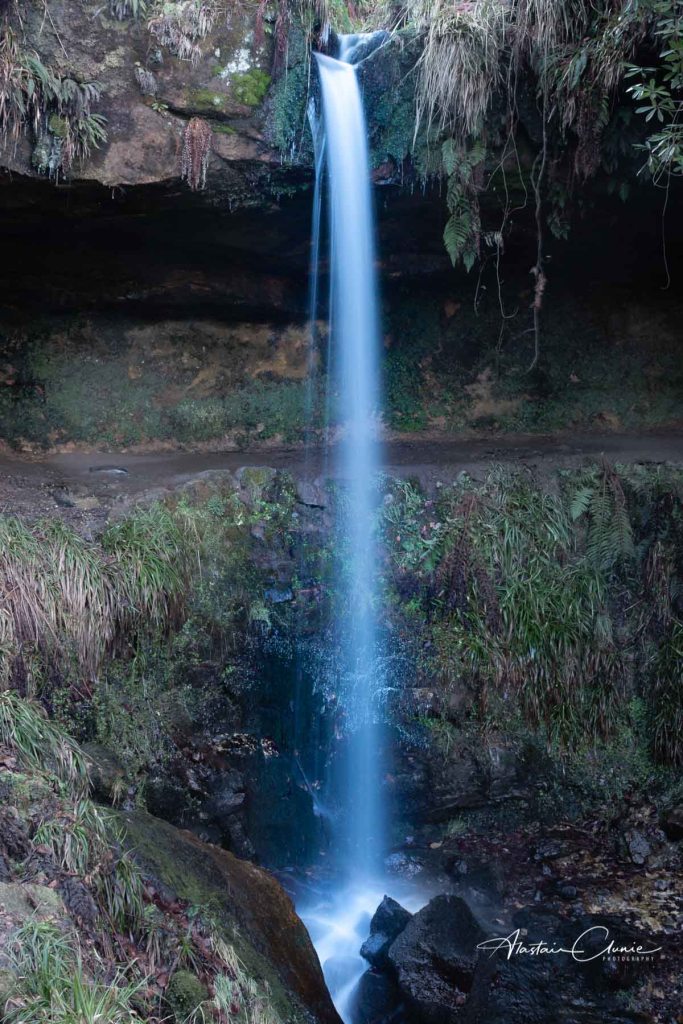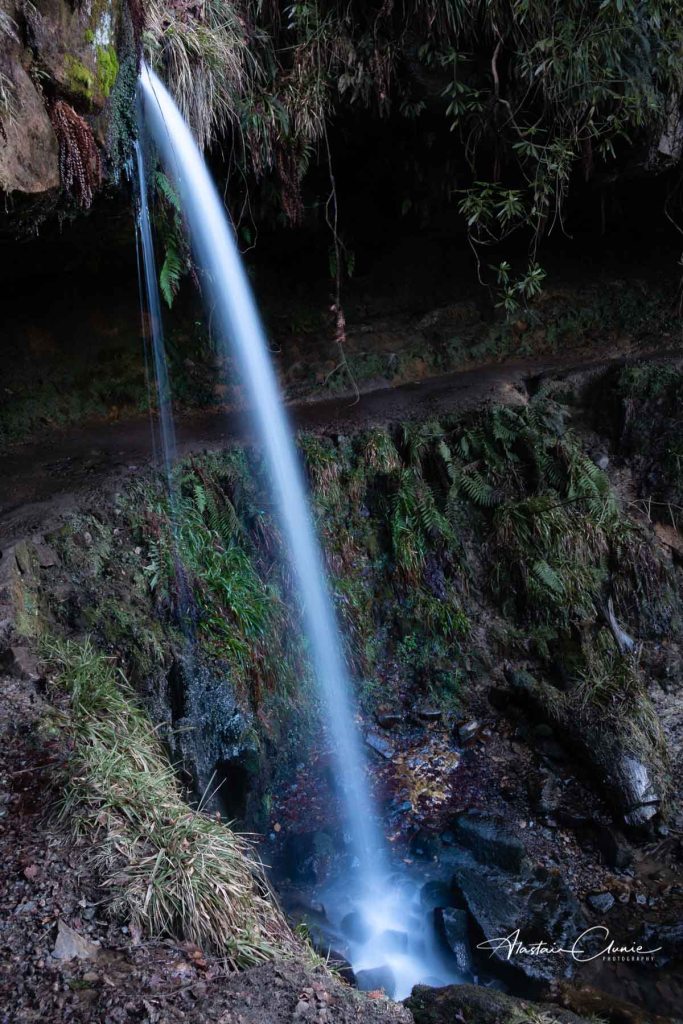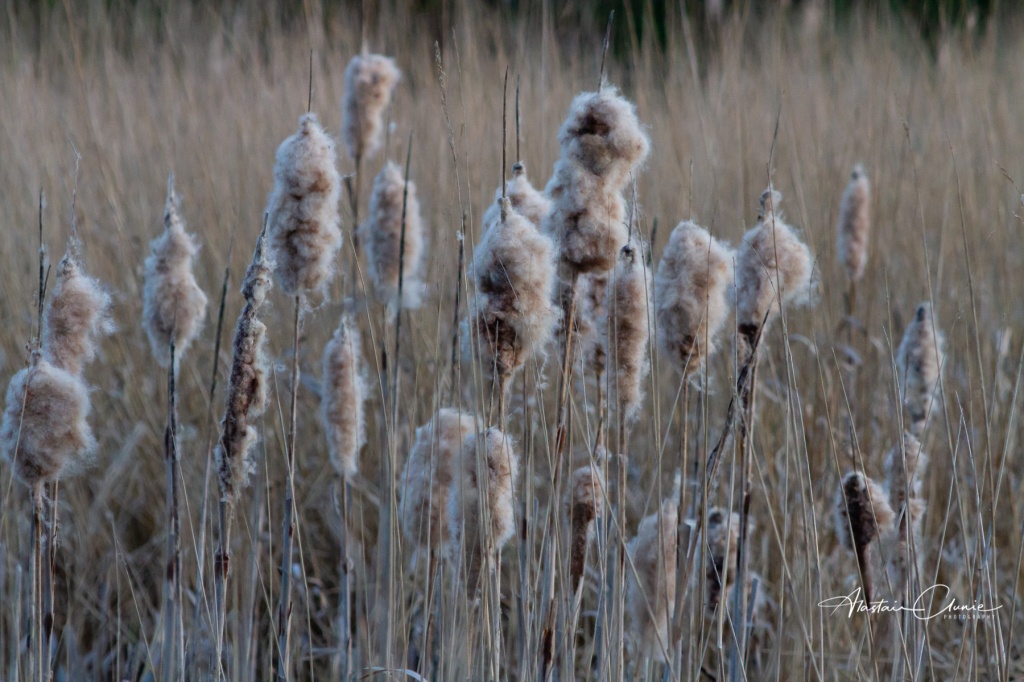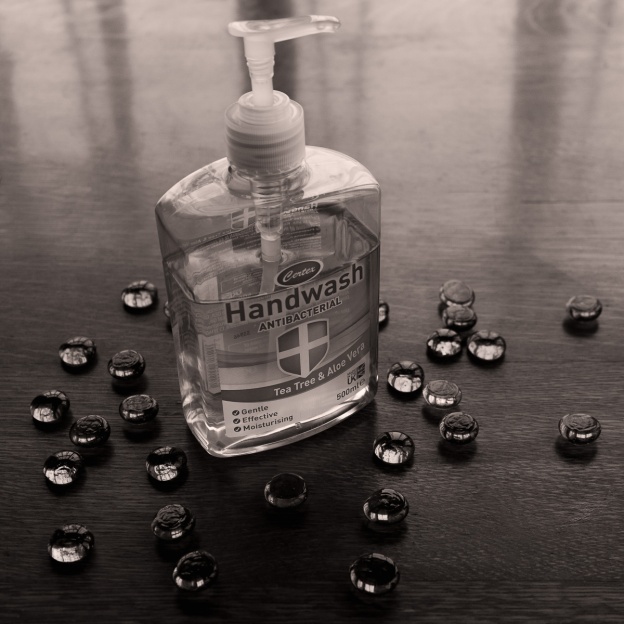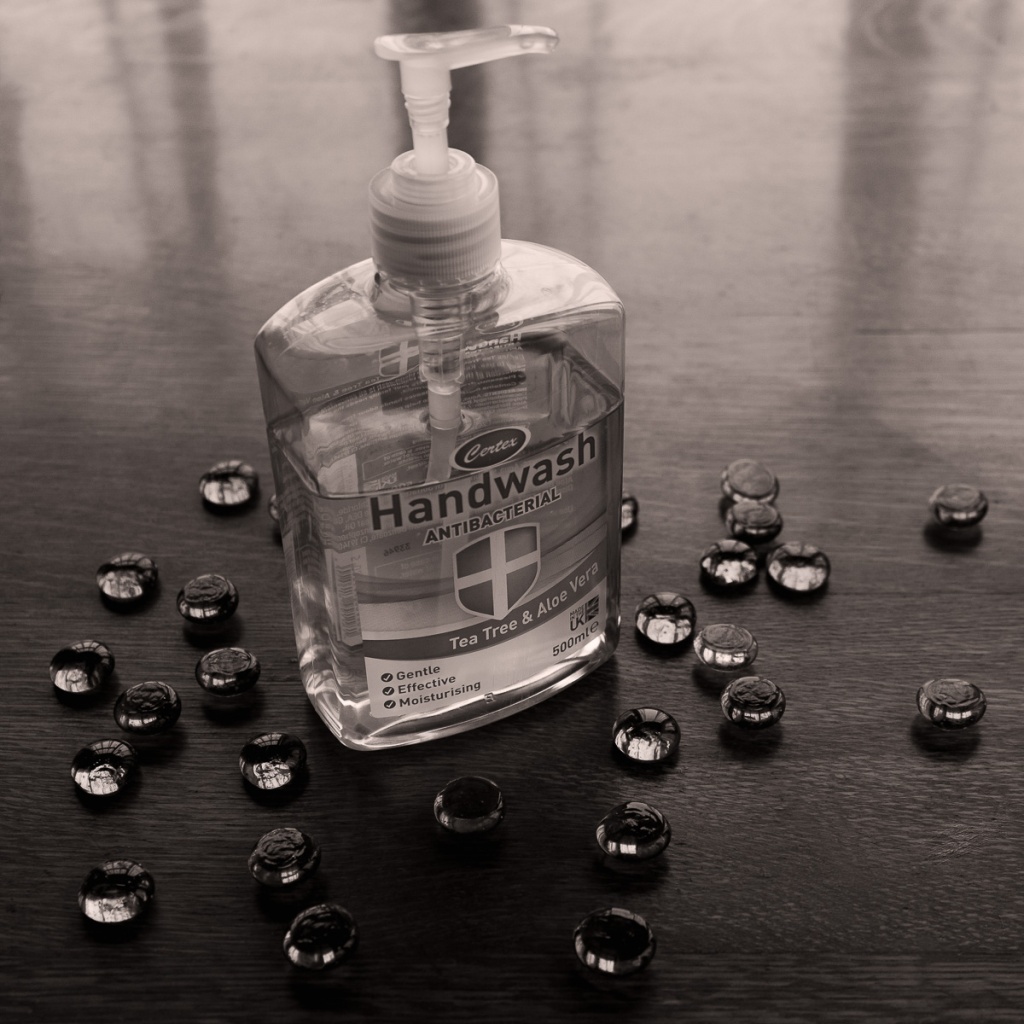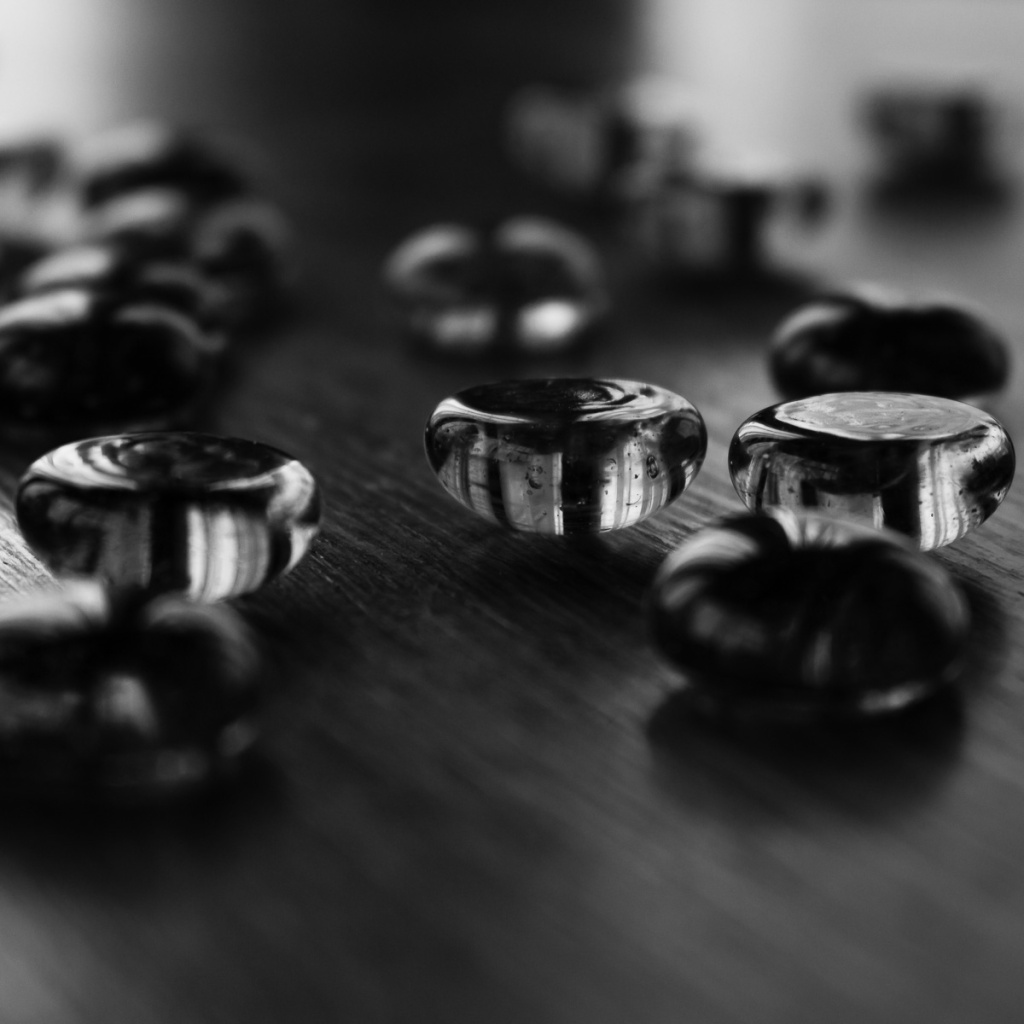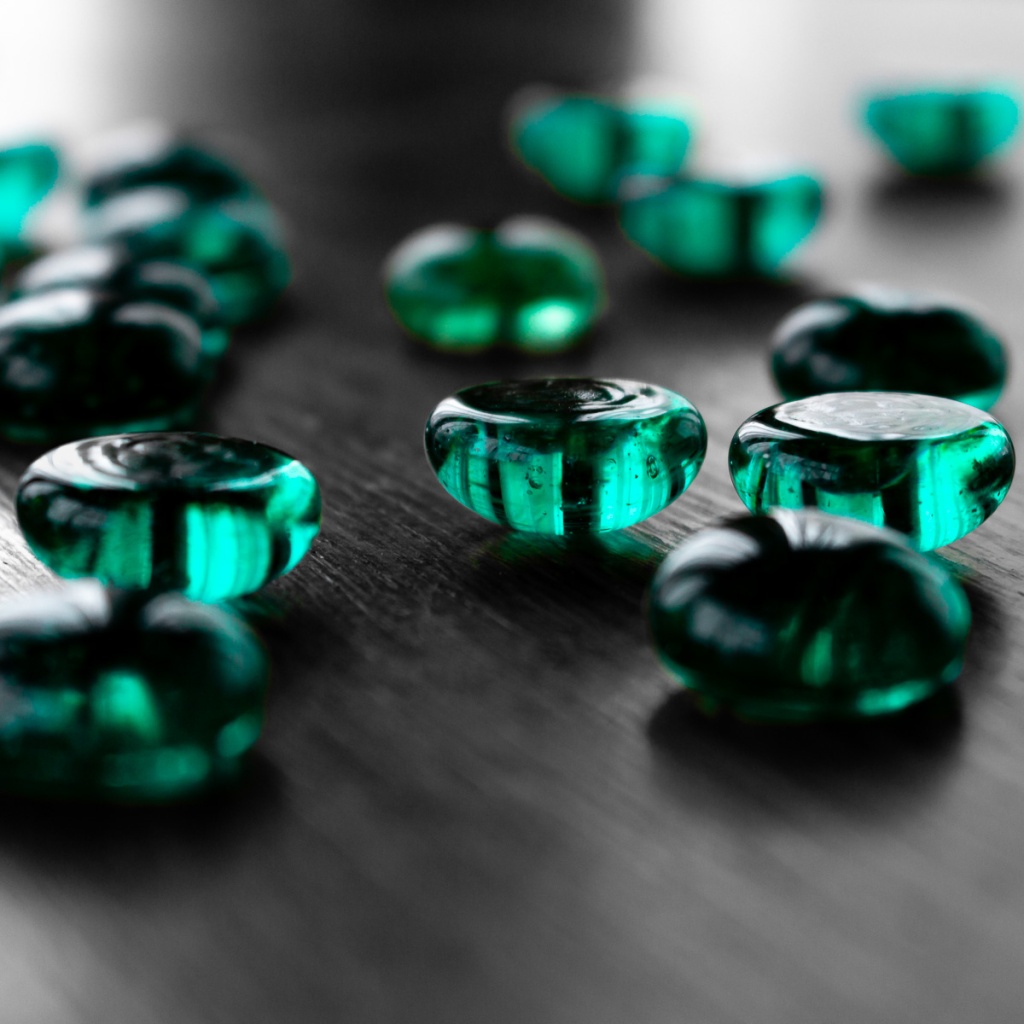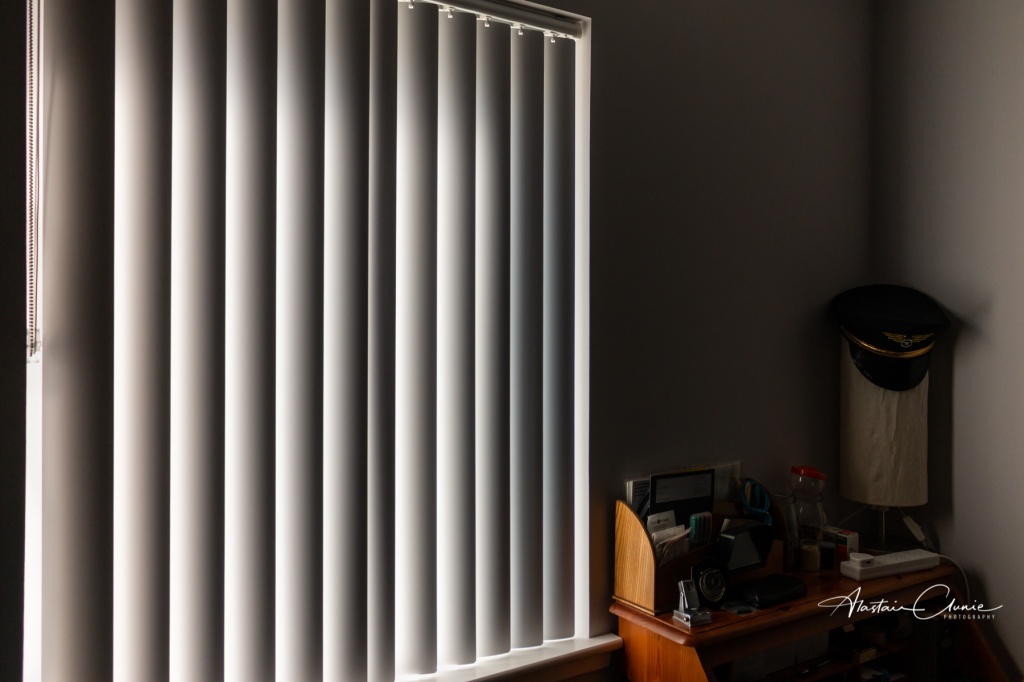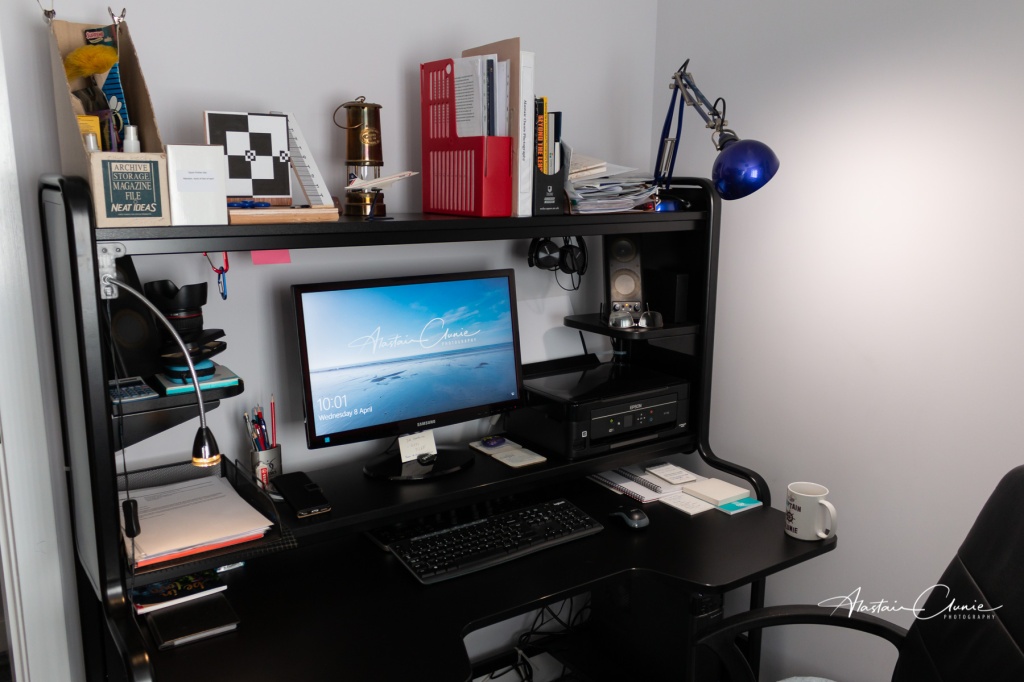
This is the Absent Traveller.
On the 4th of September 1964 the Forth Road Bridge opened and so ended the ferry service which took vehicles and foot passengers across the Forth between South and North Queensferry.
The Absent Traveller is on the old ferry slipway at North Queensferry. It seems as though this traveller is a foot passenger waiting for a ferry that will never now arrive. The suitcase is redolent of a bygone era and the image hints at a nostalgia for a time of less hurried travel. There is within this picture, perhaps, a longing for simpler times when people had time for one another. When passengers on a ferry might pass the time of day with one another during the wait and the crossing. Now people crossing the Forth mostly do so in cars, passing one another at 70mph on the Queensferry Crossing. No time to meet. No time to take an interest in one another. No time to be sociable.
The calm waters awaiting the Absent Traveller suggest a more peaceful time in travelling.
The question is, do we mourn the absence?
Technically, this photo was composed and created to reflect a bygone era of travel. There were some challenges in creating what I had in mind. The location was important to me as I remember, as a boy, using the ferry as we travelled from Edinburgh to Fife to visit my grandparents. I wanted the Forth Bridge in the background as, at the time of the ferries, that was the only bridge crossing the Forth at Queensferry. It’s such an iconic and well-known structure, however, that I needed to make sure it was constrained to the background and did not dominate the composition. To achieve this, I opted to compose the shot with a low angle of view, making the chair and case the dominant subject. I also opted to shoot with a wide aperture (f4) to gain a shallow depth of field and throw the bridge out of focus. That was all fine, but in rendering a look of a bygone time, I wanted the photo to look it had been taken many years ago. To do this, one of the things I wanted to do was to shoot with a longer exposure time – was thinking anything from half to one second. I just wanted a slight softening of the water to reflect the longer exposures of earlier photography. I selected an ISO of 100, but even in the early light just after sunrise I still needed to use an ND filter to achieve an exposure time of 0.6 seconds.
The rest of the work was done in post where, using a graduated mask in Lightroom (top down), I slightly desaturated, to dim the red paint of the bridge and then using Photoshop, I added a slight Sepia tint to the whole image.
You can see the video of the shoot on my YouTube channel and Fine Art prints of the image are available to buy through my website.

